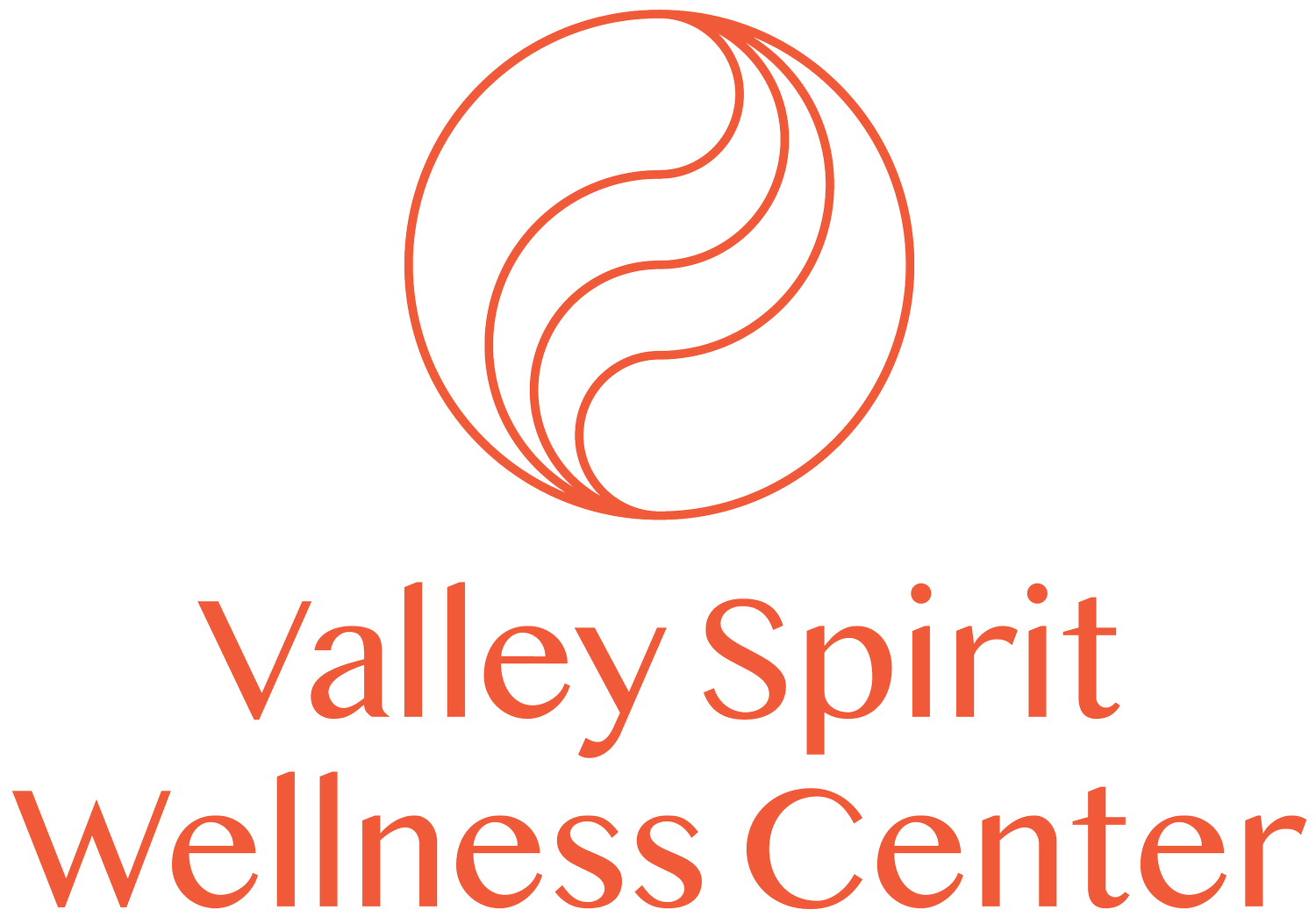Spring Awakening Circle with Emily Morrison
Friday, 2/21 I 5 - 7 pm I Sliding Scale: $45-$65
Join us for an intentional qigong practice focused on the transition from winter into spring, followed by group acupuncture. Integration with a house-made Spring Chinese herbal tea blend will close out the circle.
Spring energy is characterized by the smooth and unhindered flow of Qi, reminiscent of a plant's natural inclination to reach toward sunlight. In the realm of Chinese medicine, Spring corresponds to the wood phase, where a balanced expression of the Wood element facilitates the free movement of Qi, supporting both physical vitality and emotional well-being. Conversely, disruptions or stagnation within the Wood element may give rise to symptoms such as irritability, frustration, and various physical discomforts including muscle tension, headaches, or digestive disturbances.
Physiologically, the Wood phase is associated with qualities of flexibility and adaptability, much like the supple branches of a tree swaying in the breeze. When in harmony with the Wood phase, individuals are better equipped to adapt to changes in their surroundings and navigate life's challenges with resilience and ease. Imbalances in Wood Energy, however, may manifest as rigidity or difficulty adjusting to change.
In the framework of Chinese medicine, the Liver and Gallbladder play pivotal roles during the Wood phase, with the Liver being attributed with sensory functions, particularly vision. The clarity of vision and the ability to perceive broader perspectives are linked to the vitality of the Liver and the Wood phase. Spring energy not only supports visual acuity but also fosters a clear sense of purpose, direction, and creative expression in life.
Anatomically, the Wood phase is closely associated with the sinew, encompassing tendons and ligaments. During Winter, these tissues are particularly susceptible to the effects of cold temperatures, resulting in reduced blood flow and diminished nourishment. Therefore, a gradual approach to physical activity is essential to mitigate the risk of injury, especially to tendons and ligaments, which require adequate conditioning to transition from a state of dormancy to increased activity in the spring season. The tendons and ligaments have to, quite literally, thaw out!
Furthermore, the Wood phase plays a significant role in emotional well-being, promoting healthy expression, assertiveness, and the establishment of personal boundaries. Conversely, imbalances in Wood Energy may lead to emotional volatility, mood swings, or feelings of overwhelm.
In summary, the transition from winter to spring signifies a period of adjustment, characterized by a shift from introspection to outward growth. This transition underscores the interconnectedness of seasonal changes and the importance of maintaining holistic well-being.
Emily Morrison, LAc, MAOM is the founder of, lead practitioner and instructor at Valley Spirit Acupuncture & Internal Arts in Beacon, NY. At 18 years old, Emily had been encouraged by her first martial arts teacher, Jay Leslie, to explore the healing arts. The training she did with him altered her life forever. She began her work in holistic medicine through massage therapy after graduating from The Florida School of Massage in 2005.
Emily went on to complete her Master’s Degree in Acupuncture and Oriental Medicine (MAOM) in 2015 through the Oregon College of Oriental Medicine in Portland, OR. She is licensed to practice Acupuncture and other forms of Chinese medicine in New York.
Emily had the privilege of training with the North American Tang Shou Tao Association (NATSTA) from August 2008 until February 2023, within which she also studied Chinese medicine. Emily is a certified Instructor in Shenlong Xingyiquan and Li Ding Jingluo Qigong. In 2016, she was given the honor of becoming a Disciple of the founder of NATSTA, Dr. Vince Black. In addition, she served as a member of the NATSTA Traditional Chinese Medicine Committee from 2019-2023.
Emily is a certified practitioner of Jin Shou Tuina™, the medicine lineage particular to NATSTA, and has additional medical training in Classical Gongfu Medical Theory, Cranioscaral Therapy, Thai Massage, Shiatsu, Herbalism, medical qigong, and Chinese Nutritional Therapy.
Emily utilizes multiple modalities to formulate individual treatments and a treatment plan for her patients. She strives to provide her patients with a deeper understanding of their own innate ability to heal through empowerment and education. Her connection to the medicine is rooted in her connection to nature. She believes that when we, as humans, can see ourselves as a microsystem of the macrosystem, then we will gain a greater understanding of how to walk through this life in harmony.
Emily’s passion for assisting with the growth of the individual through their health and lifestyle has allowed her to bear witness to countless patients, friends and community members as they shift into truly transformational periods of their lives. Emily strongly believes that, in order to improve the health of the collective, one must begin with the individual- most importantly, oneself.
Emily lives in Beacon with her two kids, Ronan and Kiley. She is dedicated to their education in the homeschool community and is actively involved with a group of families sharing a common vision. In her free time she enjoys playing in nature, reading, painting and drawing, cooking, swimming, dancing, and traveling.



